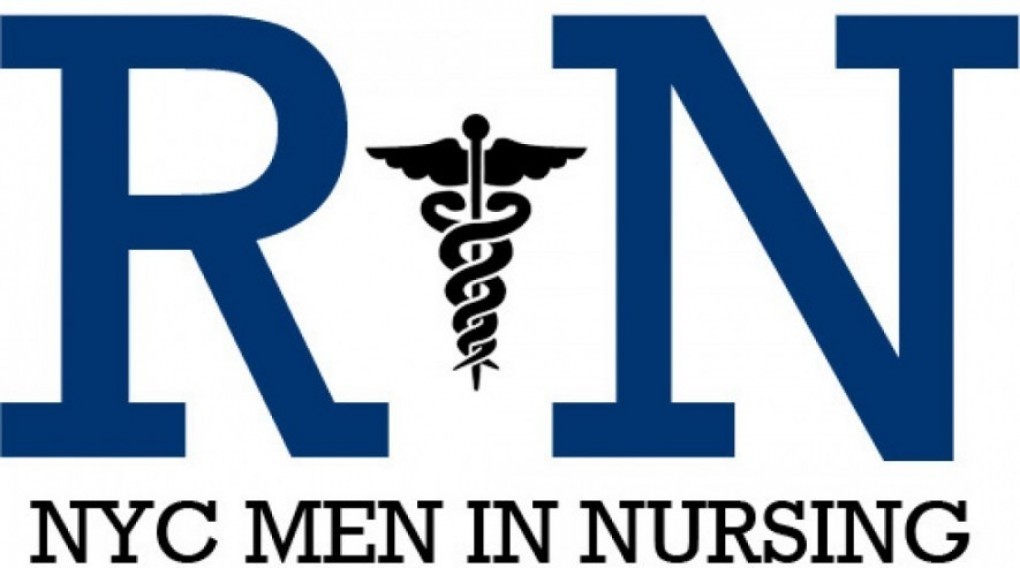By: Travis Baird, MS, NP, RN, CCRN
“Individual commitment to a group effort – that is what makes a team work, a company
work, a society work, a civilization work.”
-Vince Lombardi

The increasingly complex healthcare environment encourages active and dynamic
collaboration among healthcare providers. With changes in the delivery of care and the
introduction of the Affordable Care Act, many people will be able to afford insurance;
this in turn will create opportunities for quality of care to be provided to millions of
Americans who were previously uninsured. With reform, healthcare systems will
compete to offer the best patient and family centered services, the most current medical
innovations, and positive outcomes found on evidence-based practice. Reimbursement
from government and insurance payments will rely on positive outcomes, transparency,
and quality of care from healthcare systems. Achieving positive outcomes will depend on
the dynamic, coordinated, and interdisciplinary efforts of its healthcare participants.
Many organizations such as Kaiser Permanente and the Robert Wood Johnson foundation
have been looking at ways to improve the communication and coordination of care
among healthcare professionals, developing successful models of interdisciplinary
collaborations that have gained admiration and support from the Institute of Medicine.
Ideally, all healthcare systems should work in synchrony and provide care that is superb
and patient centered. However, many healthcare professionals and some institutions
continue to operate in virtually separate domains. An atmosphere of isolation and lack of
communication continues, and is affecting efficient delivery of care for patients and their
families. At the North Shore-LIJ -Heart and Vascular institute, the vision of the future
emphasizes teamwork and collaboration in which, interdisciplinary teams work together
to ensure that all our patients receive care that is individualized, coordinated, and tailored
using the most innovative methods to achieve superior patient care results.
Cardiovascular services embody complex and often dynamic sub specialties designed to
improve heart and vascular care and outcomes. The importance of working as a team is
directly correlated to patient satisfaction and overall quality of care. Working together
towards a common goal enhances better outcomes and increases patient and family
satisfaction, and gives the provider, and allied healthcare team members the commitment
and joy of performing at their best with each patient they touch.
How Can Nurses Become Full Partners in Interprofessional Collaboration?
Interprofessional collaboration is now considered one of the core competencies of any
health profession education and practice. At the heart of the efforts to make the delivery
of care collaborative is patient safety and quality of care, taking into consideration the
patient’s preferences and their active participation. Nurses are expected to be full partners
in this endeavor. The competency domains of interprofessional practice includes
values/ethics for interprofessional practice, roles/responsibilities, interprofessional
communication, and teams/teamwork (Interprofessional Education Collaborative [IPEC],
2011). It is beyond the scope of this blog to list all the possible roles that nurses can play
in interprofessional collaboration but here are a few suggestions for bedside nurses:
- Be an active participant during interdisciplinary rounds. Don’t just stand there.
Share with the team the nursing perspective or the patient’s preferences during
discussions.
- Ask any team members who come to the bedside “what’s the plan for the patient?”
This will promote collaboration and improve communication between various
providers.
- Participate in unit practice council or shared governance committees dealing with
interprofessional issues. This will allow an active voice from front line staffers in
designing and implementing quality improvement projects directed at improving
interprofessional collaboration.
- Explore patients’ preferences with regards to their care trajectories and empower
them to be proactive in determining their choices. Refer the patient to the “Ask
Me Three” website (https://npsf.site-ym.com/default.asp?page=askme3).
- Stay up-to-date with your current knowledge of best practices and best evidence
depending on your specialty. A knowledgeable nurse is better able to advocate for
evidence-based care.
- Organize an interprofessional event at your respective unit or have an on-going
professional development event (e.g., monthly) led by various specialties.
- Attend interprofessional conferences locally or nationally. This is a good
opportunity to learn what others are doing and learn from their experiences.
- Take on a leadership role in interprofessional committees. This will enhance
professional parity of nurses among he various health professions.
These are just a few examples on how nurses can be a valuable team member and leader
in making interprofessional collaboration a viable framework of care. The IPEC reminds
us that “mutual respect and trust are foundational to effective interprofessional working
relationships for collaborative care delivery across the health professions. At the
same time, collaborative care honors the diversity that is reflected in the individual
expertise each profession brings to care delivery” (IPEC, 2011, p. 18). It is not enough to
say we are working together, we must deliberately work interprofessionally.

Travis Baird earned his Bachelors of Science in Nursing from
Adelphi University and an MSN in Adult Geriatric Nurse Practitioner from Hunter
College School of Nursing. He is ANCC certified adult geriatric primary care NP and a
CCRN. Currently Travis is a Nurse Practitioner in Cardiology at the Wellness and
Diagnostic center at New York Presbyterian Lower Manhattan hospital.

